Young Italian architect creates modular marble system for modern life
Architect and interior designer, Samuele Brianza, has developed a modular stacking system for modern life, handcrafted from marble using time-honoured, traditional techniques
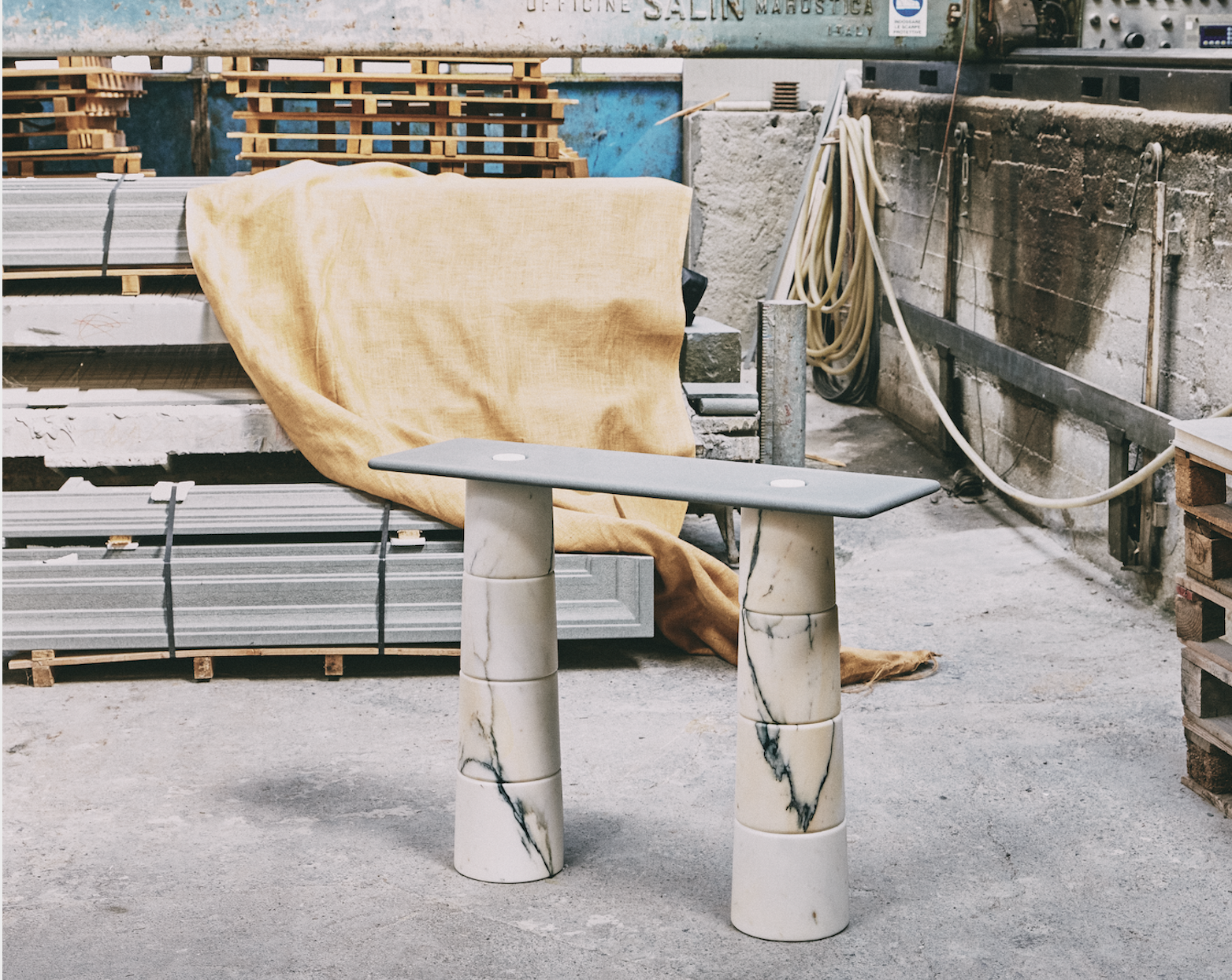
‘I have the mindset of an architect: rational and organised, but since high school I’ve been drawn to classical studies including the history of art, literature and philosophy,' says young Italian architect and designer Samuele Brianza.
Having studied architecture, planning, urban and lighting design in Milan, Brianza wears many hats. He collaborated on luxury private residential and retail projects while at Dordoni Architetti in Milan, before becoming Head of Store Design for Giorgio Armani, working closely with the man himself. In 2015, he crossed the Atlantic to work for Diane von Furstenberg, transforming the fashion brand’s store architecture under the tenure of creative director Jonathan Saunders: ‘All the features drew inspiration from modern American and European artists giving origin to a fresh, dynamic yet sophisticated space,' Brianza says.
Today, having set up his own studio to work across retail and private residential design, event creative direction and production, he is in demand by clients including Louis Vuitton, Bulgari and fashion PR giant KCD international. He recently designed Nicholas Ghasquiere’s New York fashion week aftershow party in MoMA’s PS1, creating modular sculptures from wooden palettes.
Now, Brianza is launching Primo, a modular furniture system handcrafted from Paonazzo marble, that can be transformed into a console, a cocktail table, a nightstand or totem. He tells us more.
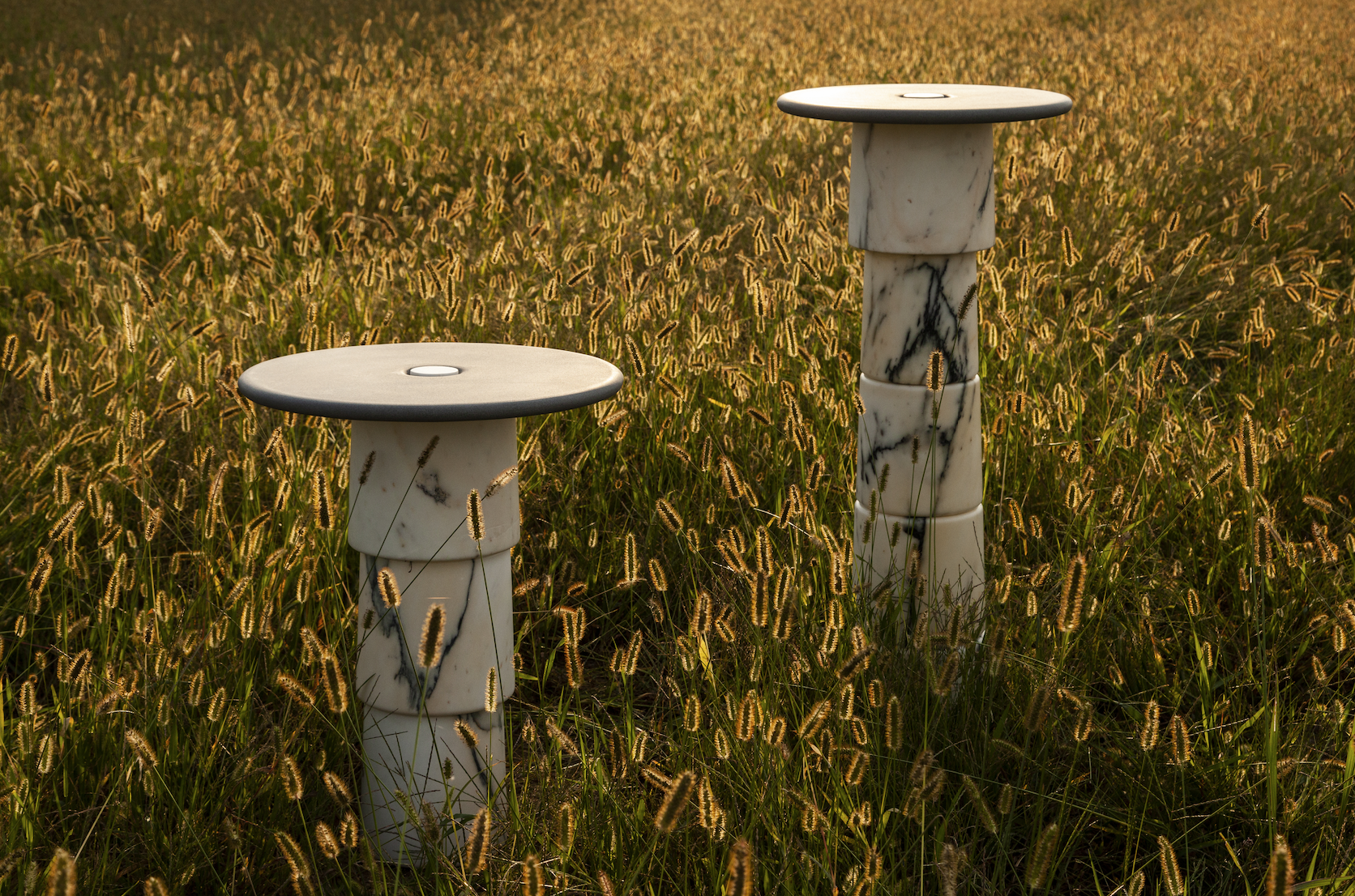
Wallpaper*: What inspired the concept for Primo? Why did you want to create something that is changeable, or modular, in how it can be put together?
Samuele Brianza: I’ve always loved marble, it is my favourite material, and I’m also obsessed with modularity and components. During lockdown, I was doing a lot of research and constantly sketching ideas while designing furniture for a client’s apartment: we needed an entrance console, a coffee table and a night stand. I love sourcing furniture at antiques or auctions but I also love designing pieces myself. Because of lockdown we could not actually go furniture shopping so I came up with the idea of a furniture piece that could be many different things to let our options be open. We decided I would produce the console, but if we ended up finding a piece we liked more, then we could turn the console into two side tables, or a totem, or night-stands, or many other things and so...Primo was born.
W*: Tell us about the craftspeople you work with to make Primo. What techniques do they use? Are they based in Italy and why is that important to you?
SB: I chose the materials first and then I found the artisans. Last summer I went to Carrara’s quarries to pick the block of Paonazzo. I was looking for something very specific and I’m lucky enough to know a very special lady there, Laura, who has worked in the marble business for many, many years. She helped me find the right material and also the right craftsman, Vinicio, who had enough patience to listen to my idea and create it using the original lathe techniques. It starts from the marble block that turns into a long cylinder, and is then cut into pieces. All the finishing and edge rounding are made by hand.

W*: You also made a range table tops for the marble totems?
SB: The grey stone tops come from my area of origin. I sourced the specific stone that has been used for centuries in the surroundings of Lake Iseo, for columns, staircases and window frames. There, I found another great artisan, Matteo, whose workshop is by the last open quarry of Sarnico stone. He cut and rounded all the tops by hand! Perfect circles. These people are incredible artists, without them Primo would not be a reality.
W*: Why were you drawn to using Paonazzo marble?
SB: It’s a very rare and specific type of Carrara. It’s a variation of the Calacatta where the white background gets a warm and rosy tone and the veins are dark gray veiled with green. The name ‘Paonazzo' in Italian it actually means ‘blushed’. Locals call this marble Pagliaccetto, which means little clown. How sweet is that?
W*: How do you think our relationship with our homes and living/work spaces is changing given current circumstances?
SB: Our homes have become so much more important. Having a well organised, functional and beautiful place where we spend the majority of our time is now on the top of the lists of needs – and not just for us design obsessives, but for most of the people who find themselves, many for the first time, spending entire days inside. Natural light has been, and will always be, the number one priority; plants and flowers; well organised kitchens and pantries; an office room, or office corner, even an office nook, essentially anything that gives an idea of separation between work time and leisure time. And looking at objects I collected over the years gives me peace, makes me feel good and...at home.
INFORMATION
Receive our daily digest of inspiration, escapism and design stories from around the world direct to your inbox.
Tilly is a British writer, editor and digital consultant based in New York, covering luxury fashion, jewellery, design, culture, art, travel, wellness and more. An alumna of Central Saint Martins, she is Contributing Editor for Wallpaper* and has interviewed a cross section of design legends including Sir David Adjaye, Samuel Ross, Pamela Shamshiri and Piet Oudolf for the magazine.
-
 The White House faced the wrecking ball. Are these federal buildings next?
The White House faced the wrecking ball. Are these federal buildings next?Architects and preservationists weigh in on five buildings to watch in 2026, from brutalist icons to the 'Sistine Chapel' of New Deal art
-
 Georgia Kemball's jewellery has Dover Street Market's stamp of approval: discover it here
Georgia Kemball's jewellery has Dover Street Market's stamp of approval: discover it hereSelf-taught jeweller Georgia Kemball is inspired by fairytales for her whimsical jewellery
-
 The best way to see Mount Fuji? Book a stay here
The best way to see Mount Fuji? Book a stay hereAt the western foothills of Mount Fuji, Gora Kadan’s second property translates imperial heritage into a deeply immersive, design-led retreat
-
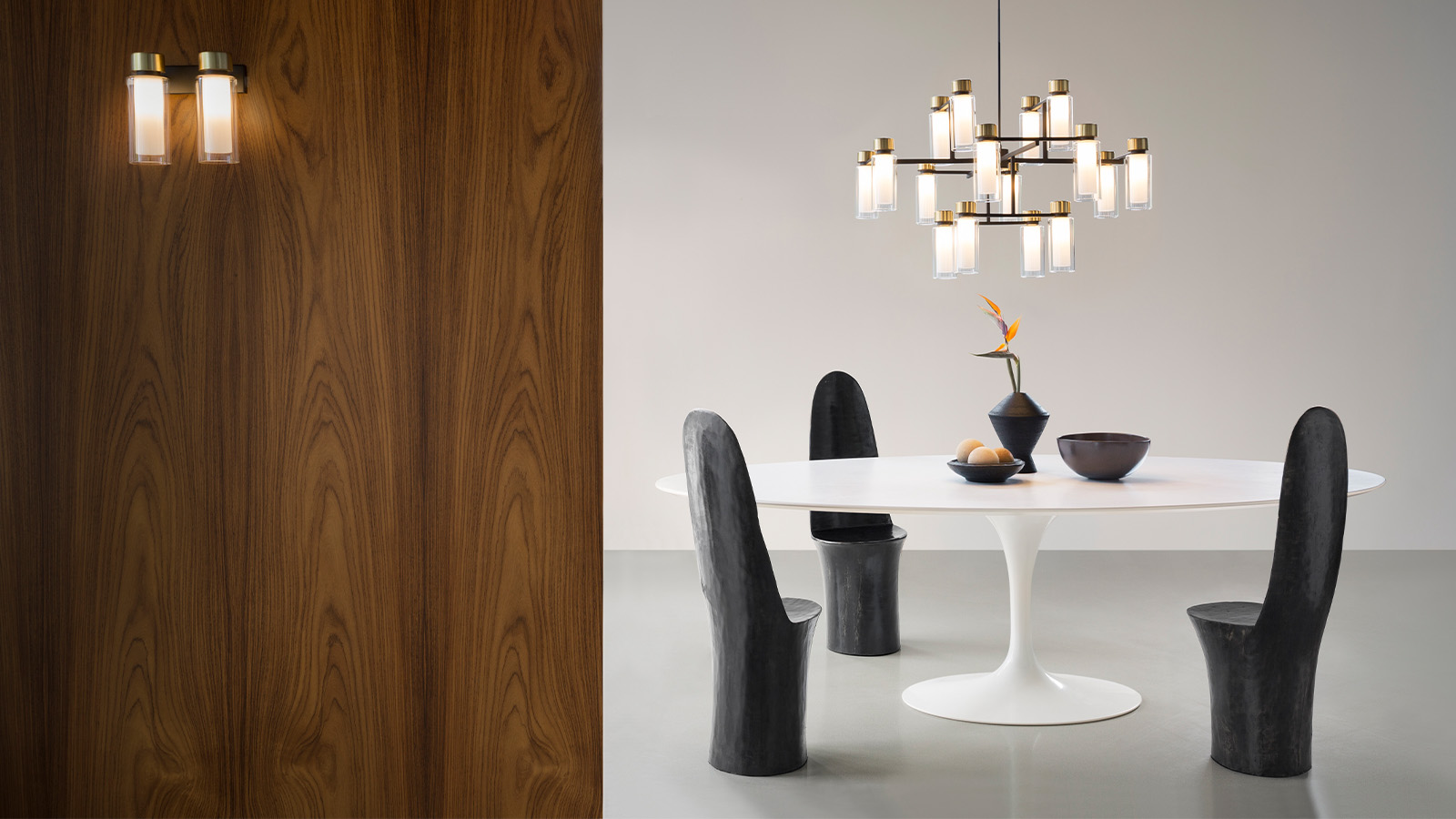 Rooted in Italian heritage, Tooy is redefining bespoke lighting
Rooted in Italian heritage, Tooy is redefining bespoke lightingItalian lighting company Tooy translates ‘made-in-Italy’ savoir-faire into contemporary, one-of-a-kind pieces
-
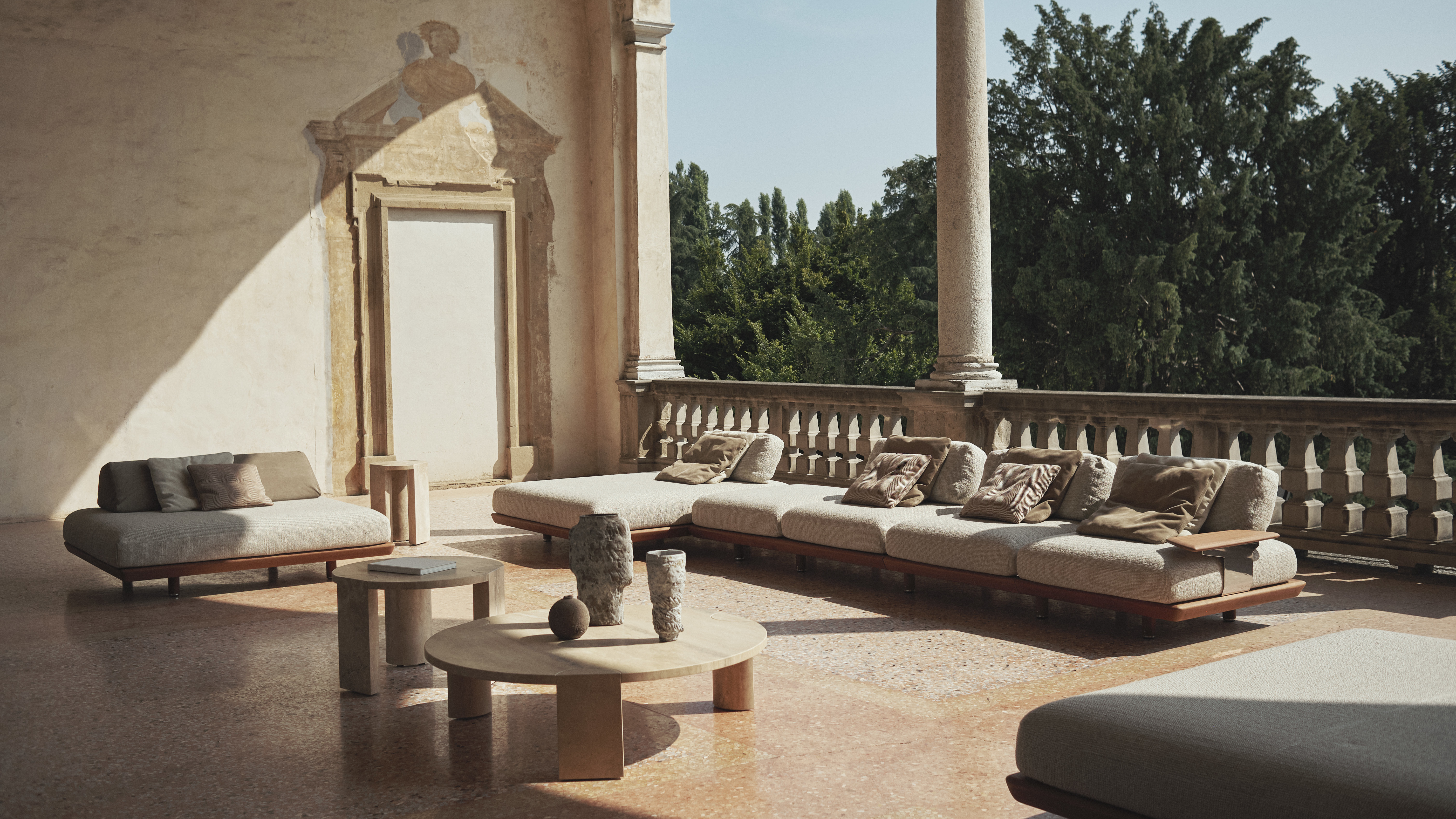 Outdoor living takes a sophisticated turn with Exteta’s new furniture collections
Outdoor living takes a sophisticated turn with Exteta’s new furniture collectionsExteta’s latest outdoor furniture collections offer all the elegance and exactitude associated with Italian interiors – and take it outside
-
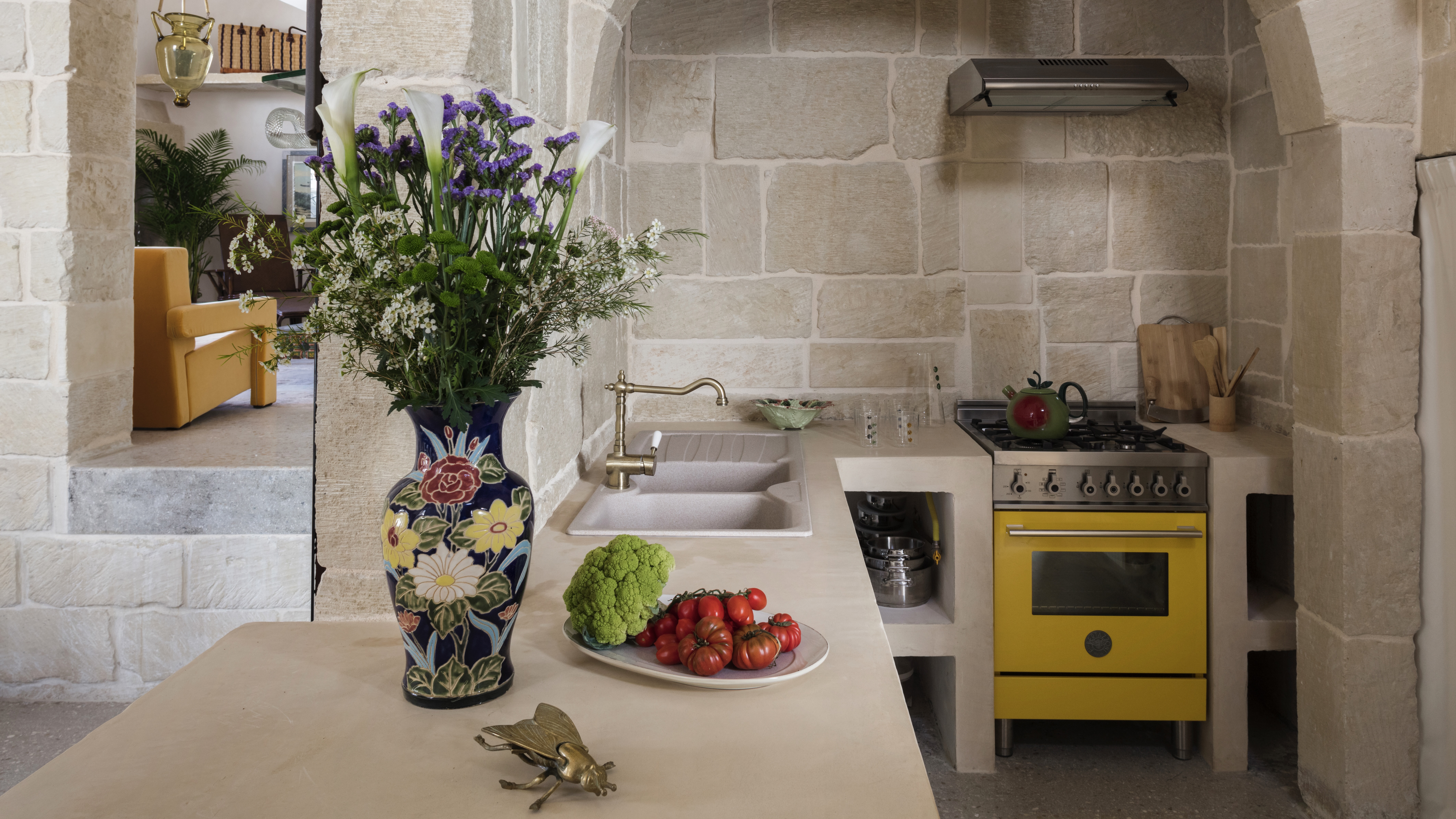 This 18th-century Puglian villa has been restored with contemporary touches
This 18th-century Puglian villa has been restored with contemporary touchesThe updated stonemason's workshop is a haven of centuries-old brick and sophisticated made-in-Italy design
-
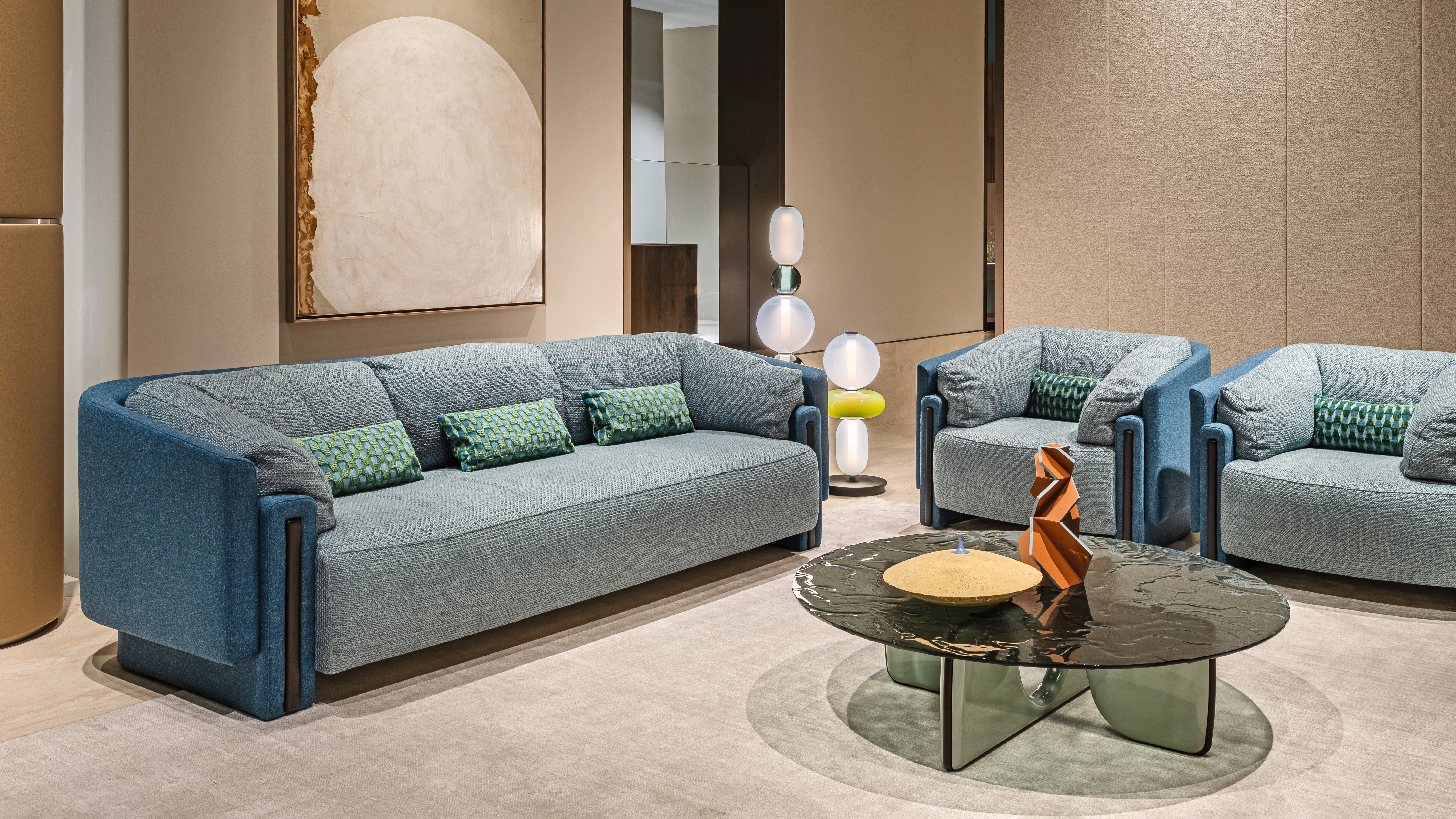 Inspired by a goddess, Turri’s ‘Vesta’ furniture is just heavenly
Inspired by a goddess, Turri’s ‘Vesta’ furniture is just heavenlyDesigner Francesca Lanzavecchia brings her signature poetic touch to the new furniture collection, marking Italian company Turri’s centenary
-
 Tour the Italian ambassador’s redesigned London apartment
Tour the Italian ambassador’s redesigned London apartmentNick Vinson is behind the dazzling overhaul of this ambassador’s apartment, a happy marriage of past and present, and a celebration of Italy’s rich design legacy
-
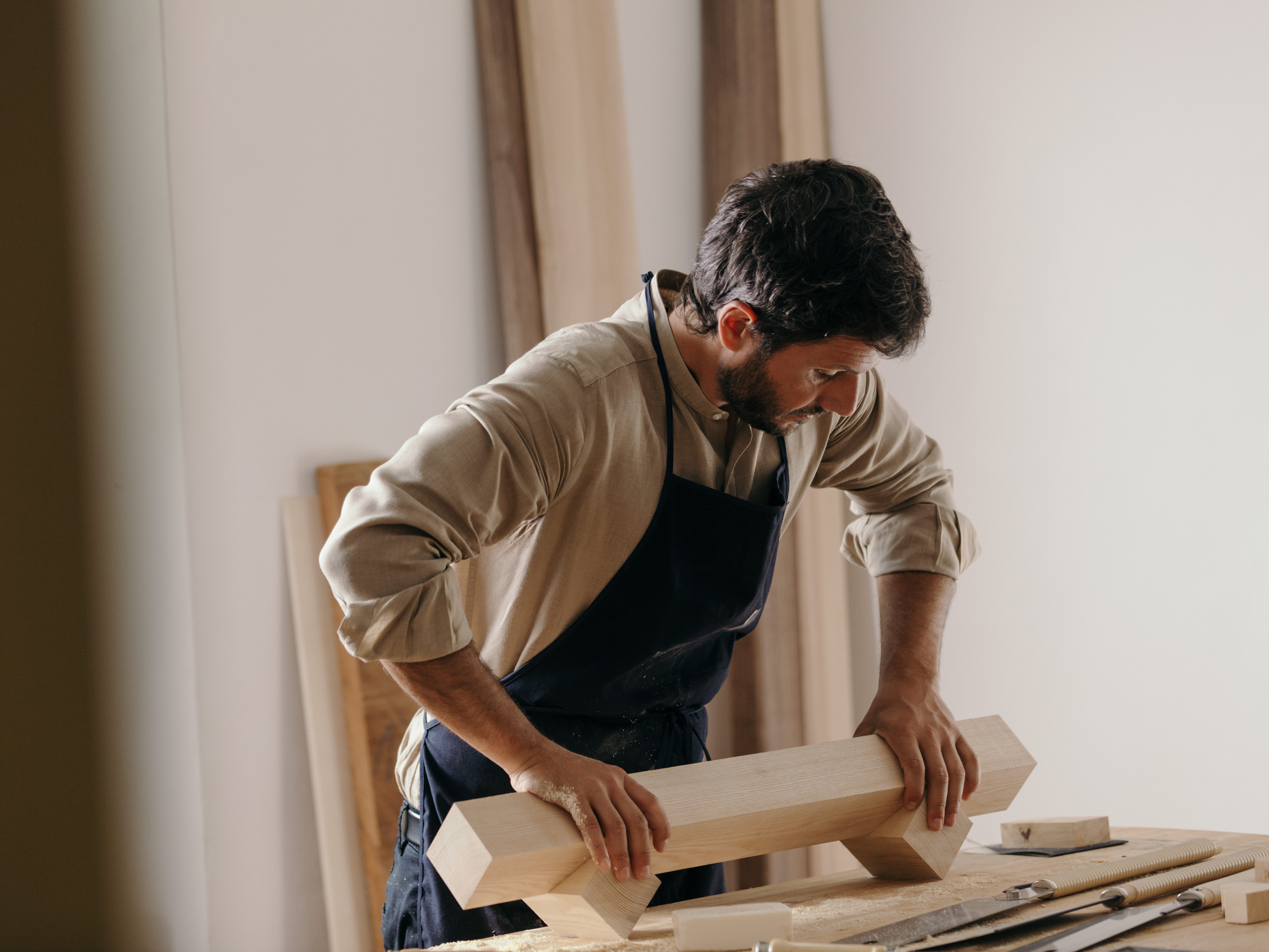 This collection of slow furniture is a powerful ode to time
This collection of slow furniture is a powerful ode to timeA serene exhibition of David Dolcini's 'Time-made' collection has fast-tracked its place into our hearts and homes
-
 Vipp Palazzo pop-up hotel opens inside Brescia’s historical Palazzo Monti
Vipp Palazzo pop-up hotel opens inside Brescia’s historical Palazzo MontiScandi minimalism meets Baroque maximalism in Vipp Palazzo, a pop-up hotel by the Danish brand in the heart of Brescia
-
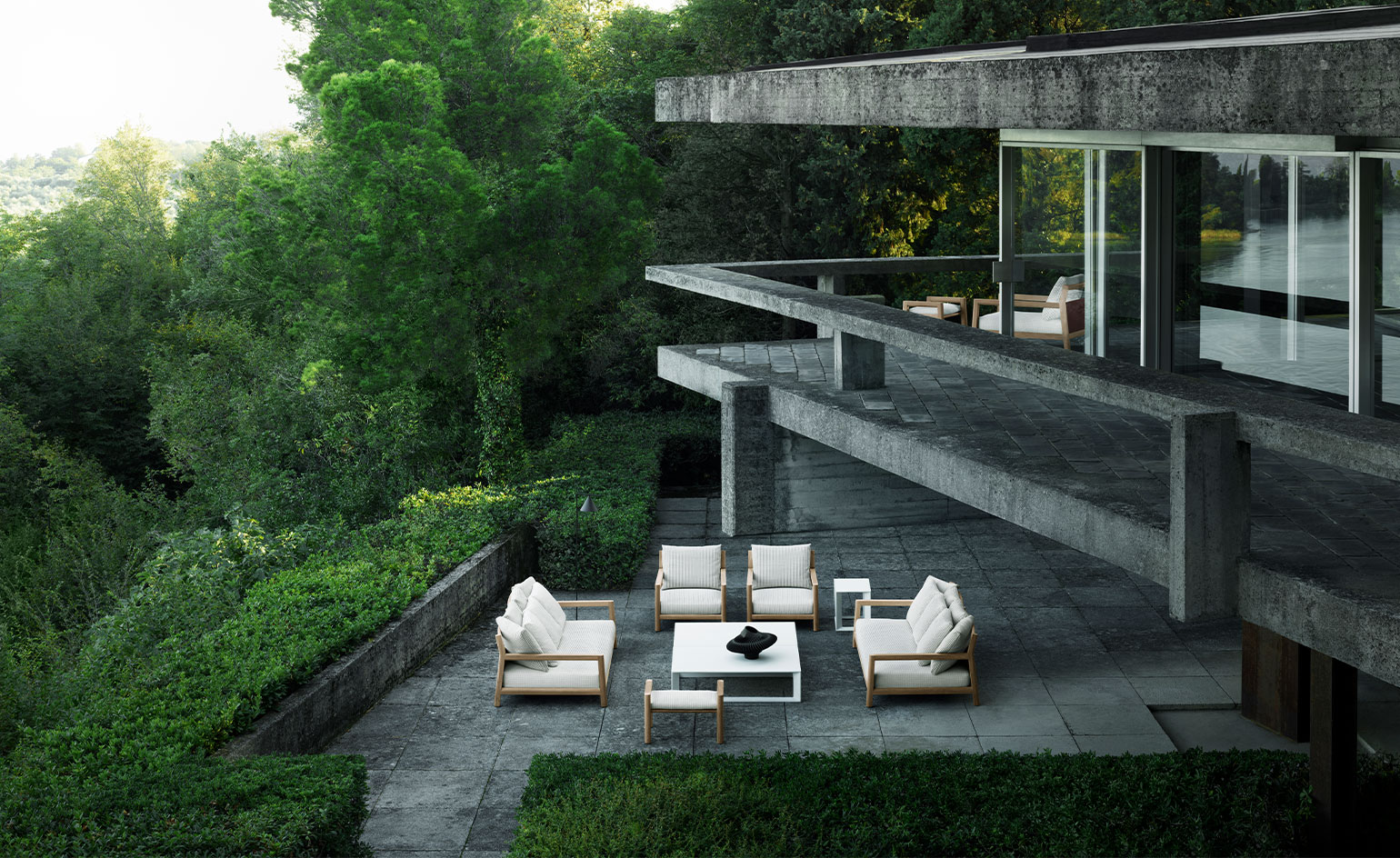 B&B Italia celebrates 15 years of outdoor furniture
B&B Italia celebrates 15 years of outdoor furnitureFrom a woven design by Patricia Urquiola to an aeroplane-inspired collection by Piero Lissoni: we look back on exceptional B&B Italia outdoor furniture